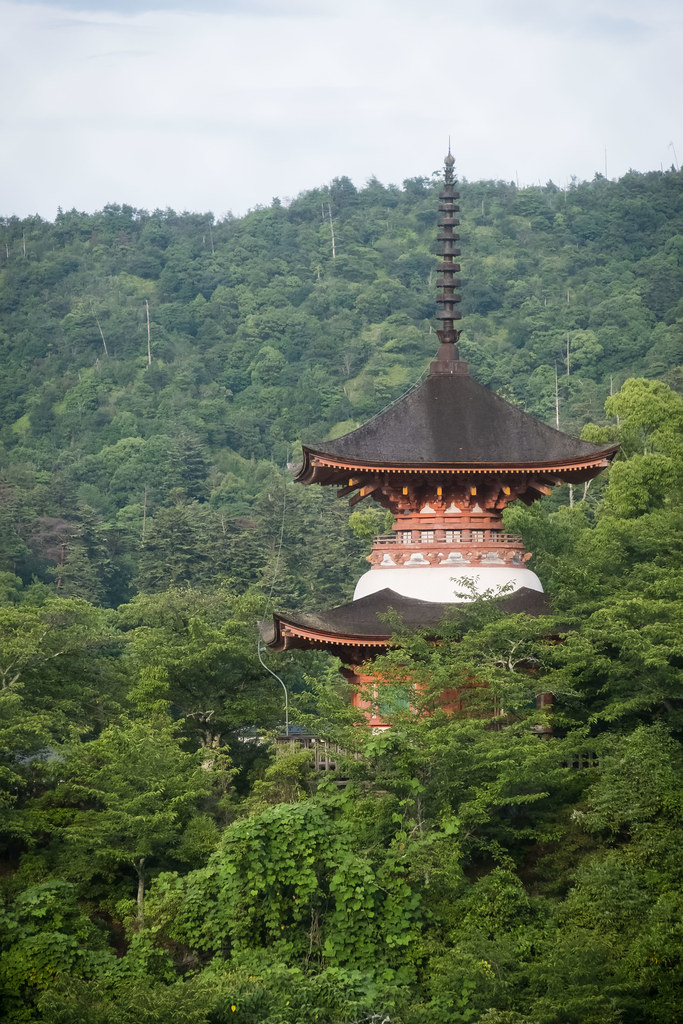#Tahoto
Text



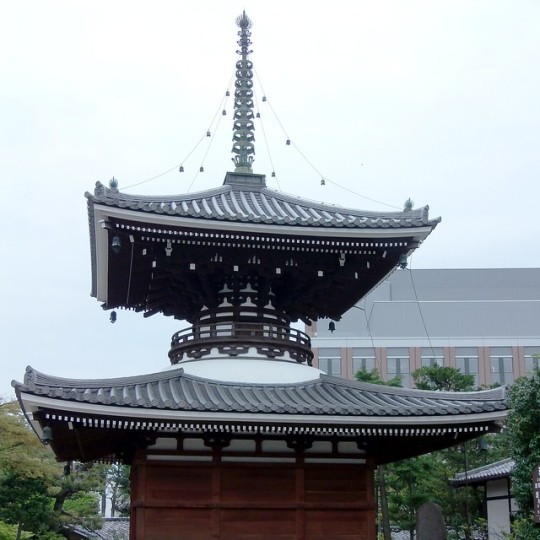

Sean bienvenidos, japonistasarqueologicos a una entrega de arquitectura japonesa una vez dicho esto pagase cómodos que empezamos.
-
Esta pagoda se localiza en Kyoto y data del siglo XV, a este tipo de pagodas se les llama Tahōtō, se caracteriza por tener solo dos plantas, las ventanas tienen forma de flor de loto, clara influencia de china y Korea.
-
Espero que os haya gustado y nos vemos en próximas publicaciones que pasen una buena semana.
-
ジャポニスタサルケオロギコスの皆さん、日本建築の配信へようこそ。そうは言っても、安心して始めてください。
-
この塔は京都にあり、15 世紀に建てられました。このタイプの塔は多宝塔と呼ばれ、2 階しかないのが特徴で、窓は蓮の花の形をしており、明らかに中国と韓国の影響を受けています。
-
気に入っていただければ幸いです。今後の投稿でお会いしましょう。良い一週間をお過ごしください。
-
Welcome, japonistasarqueológicos to a delivery of Japanese architecture, having said this, pay comfortable that we start.
-
This pagoda is located in Kyoto and dates from the 15th century, this type of pagoda is called Tahōtō, it is characterized by having only two floors, the windows are in the shape of a lotus flower, a clear influence from China and Korea.
-
I hope you liked it and see you in future posts, have a good week.
#history#archaeology#art#architecture#pagoda#japan#china#korea#wood#Tahoto#-#歴史#考古学#芸術#建築#塔#日本#中国#韓国#木#多宝塔
10 notes
·
View notes
Photo
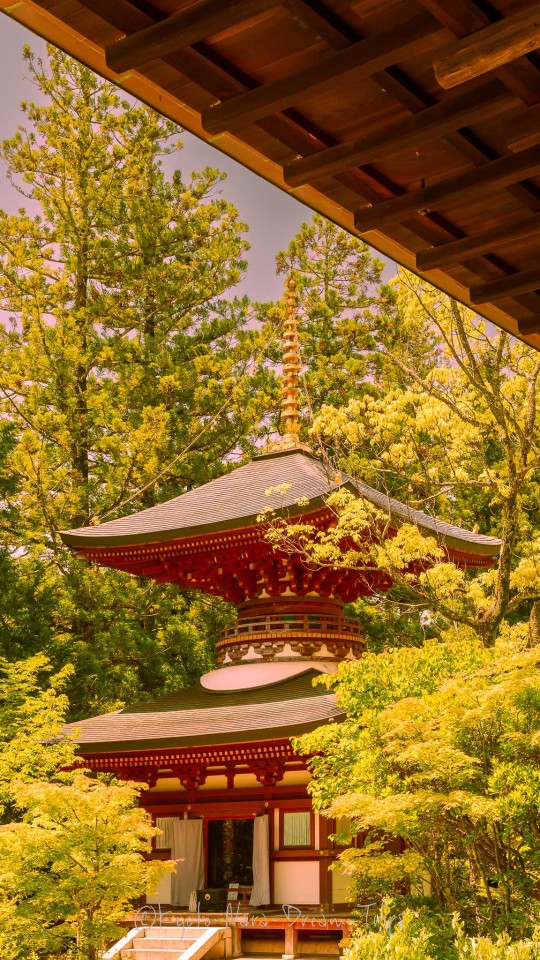
Inside the Tahōtō pagoda is a seated wooden statue of Dainichi Nyorai (木造大日如来坐像) sculpted in 1176 by Unkei. Although it is a replica today, the original can be viewed in the museum behind the entrance.
#Buddhism#Enjō-ji#Enjō-ji Temple#Japan#Nara#Tahoto Pagoda#Yagyu Kaido Trail#autumn#spring photography#travel#円成寺#多宝塔#柳生街道
26 notes
·
View notes
Photo

興福寺
奈良の名所
興福寺(こうぶつじ)は、日本の奈良市に位置する仏教寺院で、奈良時代に創建された古刹です。奈良時代の飛鳥時代から奈良時代初期にかけて、聖武天皇の勅願により発願されました。
興福寺は多くの仏教文化財を有し、その中でも特に有名なのは多宝塔(五重塔)です。多宝塔は日本国内に残る最古の木造の五重塔であり、非常に美しい様式と技術を持っています。国宝に指定されており、日本の仏教建築の歴史的な価値を示すものとして重要視されています。
また、興福寺には東大寺の大仏殿で使用されたとされる金剛力士像(こんごうりきしぞう)や、国宝の石造五重塔、薬師如来像などもあり、仏教美術の貴重な遺産が多く保管されています。
♪♫♬🎤🎹🎶♪♫♬🎤🎹🎶♪♫♬🎤🎹🎶♪♫♬🎤🎹🎶
Kofukuji Temple
Famous places in Nara
Kofukuji is an ancient Buddhist temple located in Nara City, Japan, and was founded during the Nara period. It was commissioned by Emperor Shomu from the Asuka period to the early Nara period.
Kofukuji Temple has many Buddhist cultural properties, the most famous of which is the Tahoto (five-storied pagoda). Tahoto is the oldest remaining wooden five-storied pagoda in Japan, and has an extremely beautiful style and technique. It has been designated as a national treasure and is considered important as a demonstration of the historical value of Japanese Buddhist architecture.
In addition, Kofukuji Temple is home to many valuable Buddhist art assets, including the Kongo Rikishi statue that is said to have been used in the Great Buddha Hall of Todaiji Temple, a five-storied stone pagoda that is a national treasure, and a statue of Yakushi Nyorai. .
0 notes
Text
Kinosaki Hot Spring, Hot Spring(Hyogo, Japan) 城崎温泉★★★
I went to Kinosaki Hot Spring. It's a nice hot spring resort where we can feel elegant atmosphere.
We enjoyed the view from the observatory at the summit station, which has two Michelin stars, visiting many kinds of hot spring baths, and trying delicious foods at various shops(^o^)
城崎温泉に行ってきました。風情のあるいい温泉地ですね(^o^)
ミシュラン二つ星を獲得している山頂駅展望台からの眺め、外湯めぐり、食べ歩き等を堪能して来ました(^o^)
↓The view from the observatory at the summit station(^o^)
↓山頂駅展望台からの眺め(^o^)

↓Pottery Throwing called Kawarake-Nage(For the purpose of wishing protection from evil and so on, we throw a pottery plate from a high place and break the plate.)
↓かわらけ投げ

↓Jibo-Kannon
↓慈母観音

↓Tahoto Tower
↓多宝塔
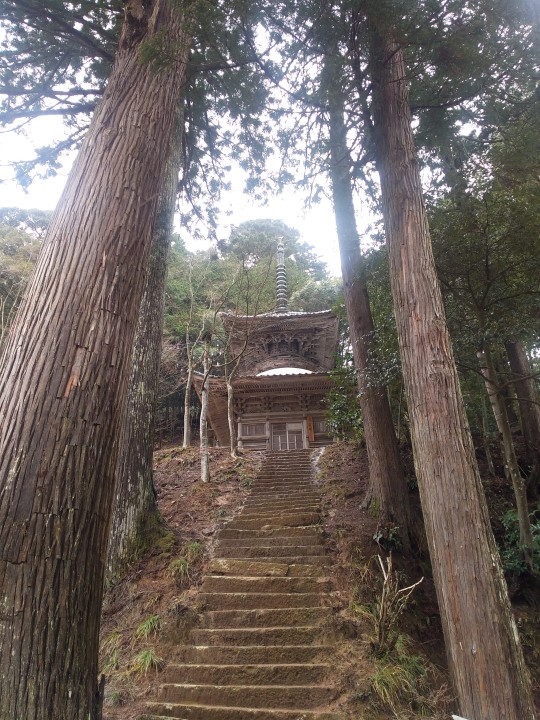

↓Yakushido Hall
↓薬師堂

↓Sanmon Gate
↓山門

↓Origin of hot water
↓元湯

↓We visited hot spring baths such as Kou-no-yu, Ichi-no-yu, and Gosho-no-yu(^o^)
↓鴻の湯、一の湯、御所の湯を巡って来ました(^o^)


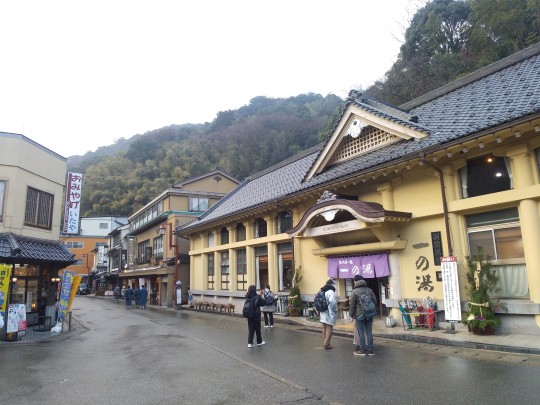

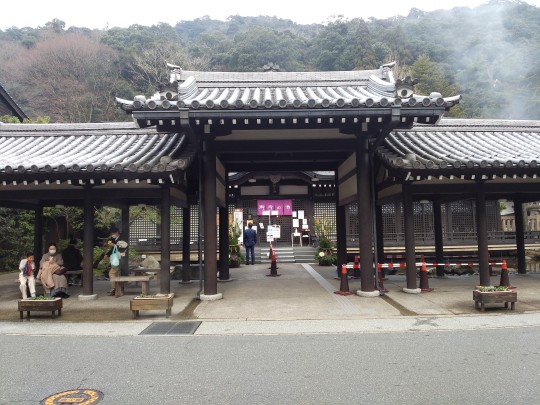
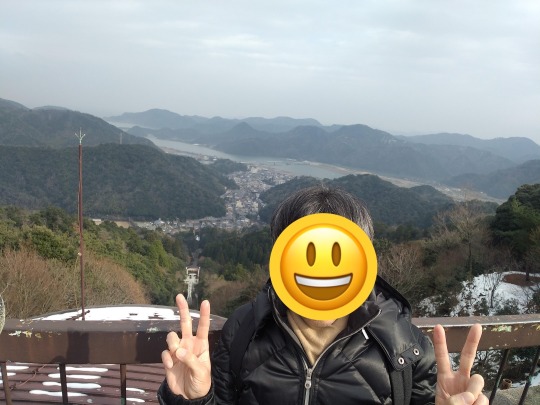
0 notes
Photo
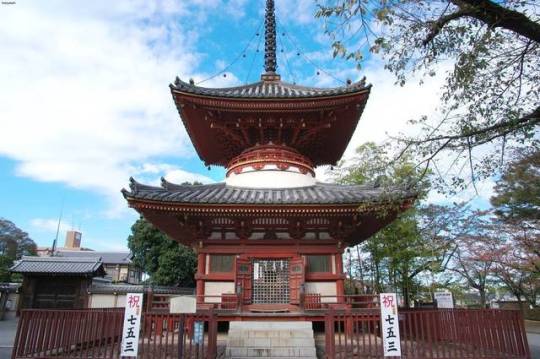
Tahoto (pagoda) in Kawagoe Kita-in, Japan 🎌
#多宝塔#川越大師#秋#日本#喜多院#kawagoe#travelinjapan#japanphoto#nofilter#nippon#тахото#autumn#tahoto#архитектура#храм#pagoda#путешествияпояпонии#япония#осень2017
834 notes
·
View notes
Photo

Tahoto Pagoda on Miyajima Island, Hiroshima. On my recent trip this was easily one of my favorite spots. Covered in Sakura blooms with an old style village, ancient buildings, and incredible shrines, the island is spectacular. It may have been a lonely journey, but the beauty and wonder was well worth it. #miyajimaisland #miyajima #itsukushimashrine #itsukushima #hiroshima #japan_of_insta #japan #japanigram #wanderlust #pagoda #explore #selfdiscovery #adventure #sakura #sakura2021 #japan2021 (at Itsuku-shima - Miyajima Island) https://www.instagram.com/p/CN0ANP1jW3K/?igshid=em0lldzs30du
#miyajimaisland#miyajima#itsukushimashrine#itsukushima#hiroshima#japan_of_insta#japan#japanigram#wanderlust#pagoda#explore#selfdiscovery#adventure#sakura#sakura2021#japan2021
1 note
·
View note
Photo


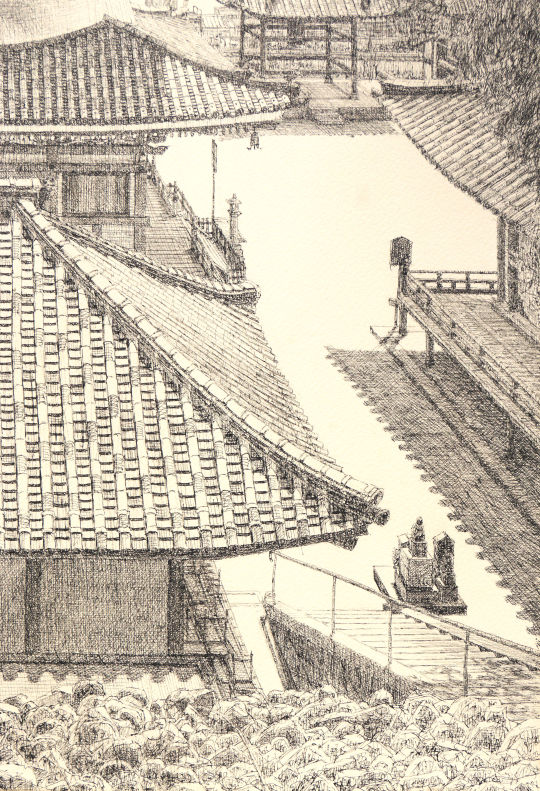

4
Artist : Noboru Sotoyama
Title : Tahoto pagoda of Jodo-ji Temple
Year : 2013
Size :65.2 × 45.5cm
Material : Ink, paper, wood panel
*This is a unique work.
Price Range : $1,500
Buy or Ask
0 notes
Text
The last part of my travel in Japan that was left unpublished during the first tour with my family was all about Kyoto Prefecture. After a day tour in Universal Studios in Osaka, the next day was focused in Kyoto, our second to the last day in Japan. The exploration time that we spent in Kyoto was very limited to a day since the next day, we have to go back to Tokyo. When the adventure was limited to one day, this caused me a bit of sadness because there are lots of places to see and enjoy in Kyoto and we were running out of time again, I wished that we can stay longer but we can’t.
From Kyoto Station, we reserved our JR bullet train ticket for the next day travel to Tokyo as we planned to leave the city early in the morning. Next, we went to the tourist information center inside the station. Information center is one of the places that I really enjoyed and spent some time because it helped me and gave me ideas where to go, it is like a starting point before going anywhere in the city. As usual, I picked a lot of brochures again. I approached one of the personnel at the center and inquired some thoughts where to go in Kyoto for the day. She picked-up a map and showed us some interesting places to see and how to go there. Then, she introduced a day pass since our JR Pass cannot be used in local bus within the old city. After few more minutes of discussion with the volunteer in the visitor center, we started our adventure in Kyoto by following the recommended places that we must visit as starter.

Kyoto Sightseeing Day Pass

Kyoto Station
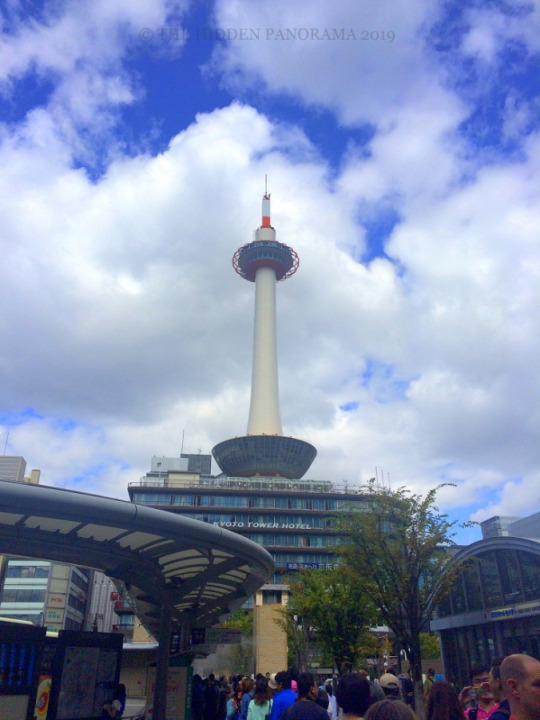

Kyoto Tower from Kyoto Ekimae Bus Stop
We bought a sightseeing 1 day pass and went outside of the station. We walked towards Kyoto Bus Stop and we looked at each bus stop until we found that goes to Gion. The bus terminal which just beside the train station is strategic and convenient for passengers specifically for visitors that wanted to explore the city on their own. Like my family whom traveling in a budget. The queue to the bus was a bit long which means one thing, there were many tourist coming to Kyoto to see this historical and traditional city of Japan. We waited a bit in the queue until it’s our turn to get on the bus. The bus was full pack of people and there were even standing at the center aisle of the bus. Inside the bus, there were some locals and foreigners wearing kimono, the traditional Japanese clothing, and to be honest I liked seeing people wearing traditional clothes, because it’s just fitting to the place like Kyoto, as the city still has an ambiance of slow life-like an old Japanese time.
We got off at Gion bus stop. And we walked towards Shinbashi Dori. When we were near Shinbashi Dori, we crossed the road to reach Chion-in-michi, the road that led us to reach the first temple we visited in Kyoto – Chion-In Temple.
Chion-In Temple
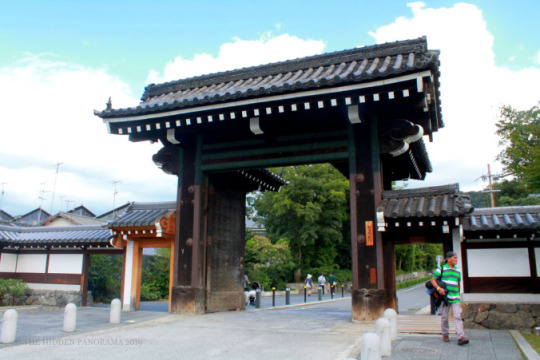
When we reached the temple gate along the Higashi Oji Dori, I just observed that there were lots of tourist came in bus, as they arrived at the front gate of the temple called Sanmon while my family and I walked to reach the gate. When we were near in Sanmon there were many visitors astray in the ground. We started our walk in the temple ground from Sanmon. We explored the surrounding areas that are free to public as there are locations in the temple that requires payment to be able to access the area like garden, but we decided to take a look at the surroundings that are already available.


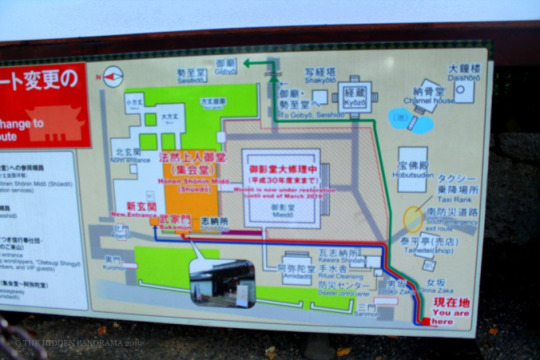
After passing Sanmon, which is the main gate of the temple, we took another stairs to reach buildings. Unfortunately, during the visit, the main hall named Mieido is under renovation, which prevented us to see it as it is fully covered by nice and neat metal building. I admired Japanese on how they renovate a temple. For me, it only means one thing, they really take good care of what they considered national treasures of their country. We approached buildings near Mieido, one is called Kyozo where it has a nice garden beside it. We also walked towards a building called Amida-do.
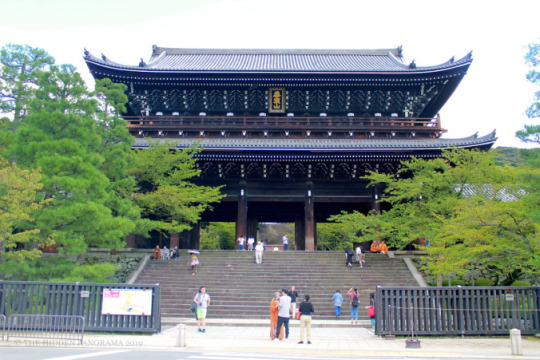

Sanmon

Mieido – Under Renovation

This slideshow requires JavaScript.
Kyozo Garden

Amida-do
We took another stairs but its longer and has more steps than the previous one. It looks tiring just thinking how many steps it has to reach the top. But, even that was the case, three of us in the family took challenge except for my mother whom just rested in Mieido area. When we reached the end of the stairs, we saw Seishido Temple at the left. Then, we walked at the right side and explore Isshin-in Temple and beside a cemetery can be found.
Coming from Isshin-In Temple, we descended the stairs until we returned to Mieido area. We walked towards Kyozo Temple and approached Tahoto Pagoda too. When we reached Shuedo, we went inside the building out of curiosity. But because it’s not allowed to take photos inside the temple. We just silently observed people came inside it where most of them rendered their prayers.

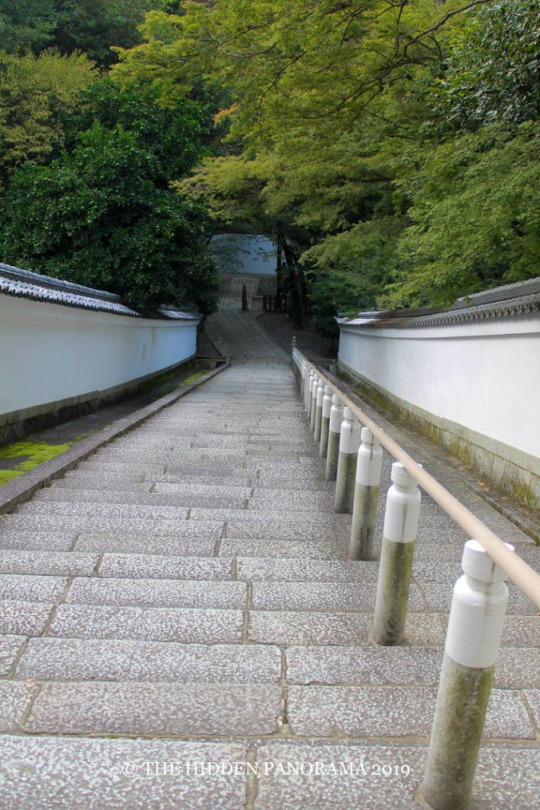
Stairs


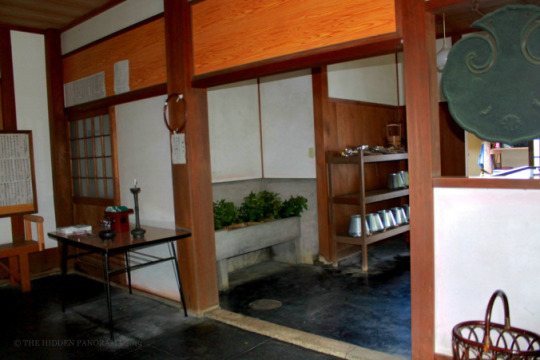
Isshin-in


Kyozo



Tahoto Pagoda

Shuedo
This slideshow requires JavaScript.
Cemetery
After we left Shuedo Temple, we decided to end our tour in Chion-in Temple to see other places within Gion District. While walking along Higashi Oji Dori, we looked for restaurants. Not far from the exit of the Chion-in Temple, we found a local diners where we had our lunch. The experience we had been quite interesting, even the restaurant was just few walk away from tourist spot, their customers were most likely foreigners and not just locals. But surprisingly, a language that is a common barrier between the customer and local diners had found a solution to address it. We never requested our order through talking to a person but we put our orders via machine (like vending machine) where it shows the available menus and corresponding combos in English/Japanese language. I was really amazed with their strategy to solve the communication issues.
We took our time for lunch and when we were full, we left the restaurant to continue our family’s journey around the area. In just few minutes walk from local diner, we reached another temple called Yasaka Shrine.
Yasaka Shrine
I had visited this Shrine, twice. First, was during my family visit in Kyoto in September 2015 and second, was during my solo trip in the city last May 2017 as part of Night Tour in Gion.

Main Entrance Gate (Ro-mon)
We generally knew that Japan has their own religious belief that originates in their own land and Yasaka Shrine convey this as well. Yasaka Jinja or Yasaka Shrine is a Shinto Shrine. The gate of the shrine cannot be ignored since it has a lively red-orange color which seems to be pretty common to see in most of their shrines or temples. We passed the gate and saw many visitors and tourist a like that came around the shrine. And some people visited the place wears kimono as the place is just perfect for classic photo souvenir.
We explored the area and observed as much as we can. Yasaka Shrine is more than 1300+ years old as it was built in year 656. And a lot of people visited this shrine for Gion Matsuri Festival which celebrated every year for more than a thousand years. The following buildings we saw insinde Yasaka Shrine were : Main Hall or Main Sanctuary, Main Dance Stage, Noh Stage, South Gate (Minami-romon) and Utsukushii Gozen-sha.
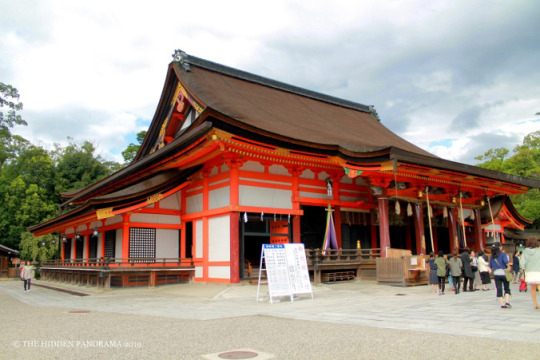
Main Hall or Main Sanctuary
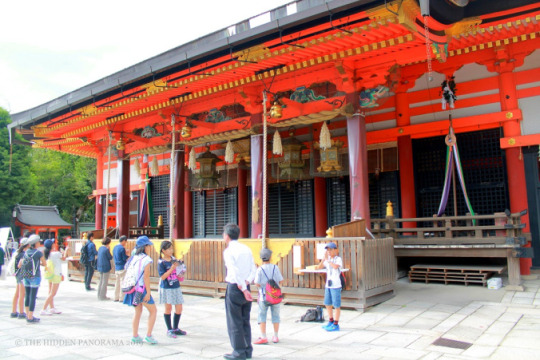

Main Hall with People doing their prayer
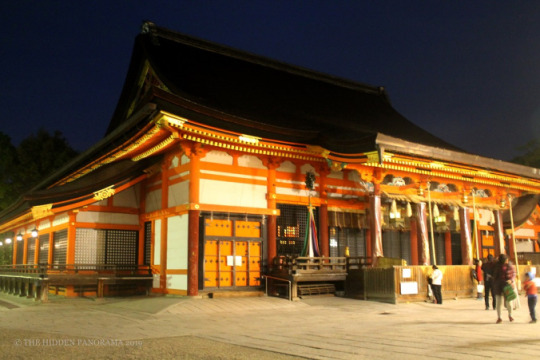
Main Hall at Night
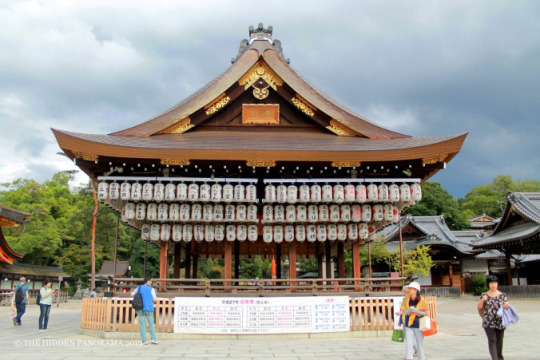
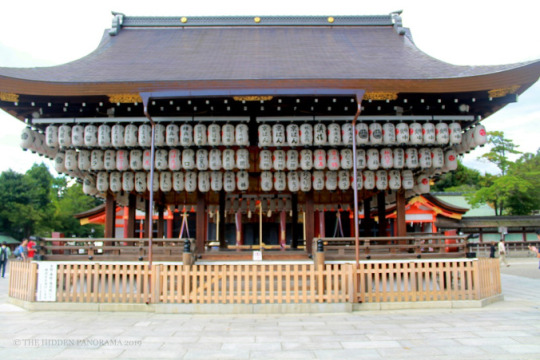
Main Dance Stage
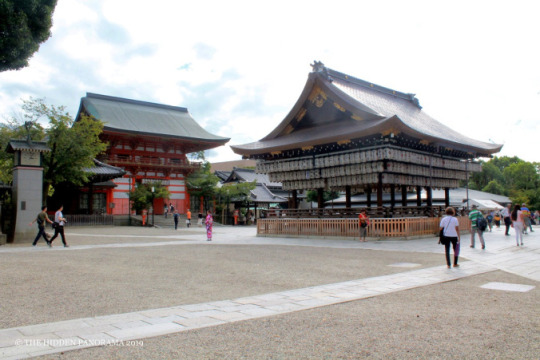
South Gate (Minami-romon) and Mai Dance Stage

Mai Dance Stage with illuminated lantern
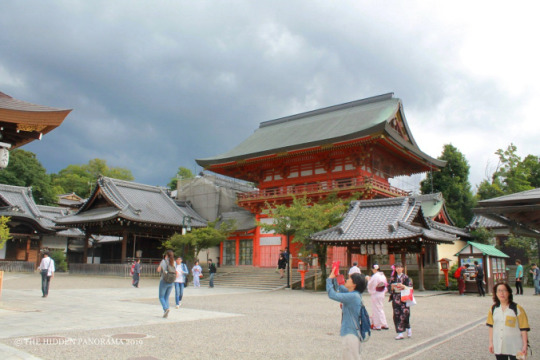

Noh Stage and South Gate (Minami-romon)

South Gate (Minami-romon)

Shinto Shrine and Noh Stage

Utsukushii Gozen-sha
Kiyomizu-dera Temple
The last but not the least temple that the whole family visited in Gion District was Kiyomizu-dera Temple. From Yasaka Shrine, we walked along Higashi Oji Dori, until we reached where we noticed lots of people come and go which is in Matsubara Dori. Following my GPS in the phone, we noticed that we were near in a temple. Though we were unaware what kind of temple we will see, but we were very curious as to why there were so many people come to the temple.
Comparing the number we had seen in Chion-In Temple and Yasaka Shrine, we were overwhelmed because from the time we walked in Matsubara Dori (one of the walking paths to Kiyomize-dera Temple) until we reached the first gate of Kiyomizu-dera Temple called Nio mon, if we will not be careful, we will bumped to lots of people along the way. Everywhere I directed my eyes, there were lots of people, as if there some kind of celebration or rally. I was not sure if there were special events at that time but I thought there was none, it’s just that too many people visiting the temple or it is just that the temple too popular.

At Matsubara Dori

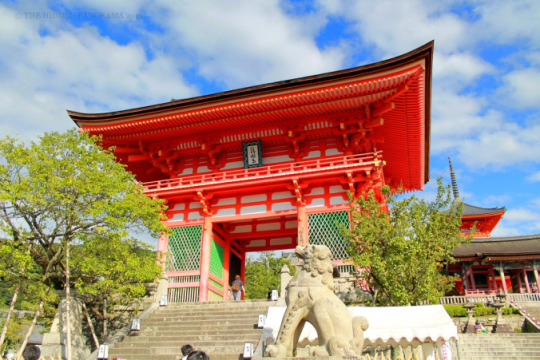


Nio mon
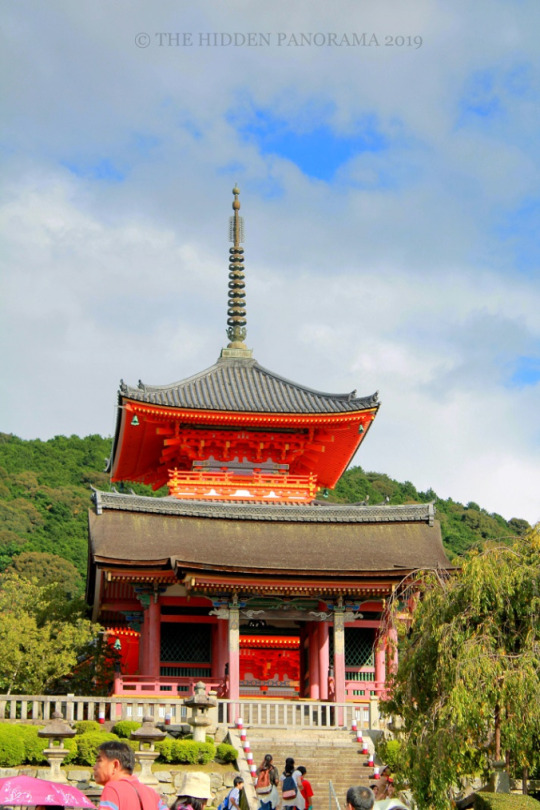

Sai mon (West Gate) at the front and Three Story Pagoda at the back

Nio mon, Sai mon and 3 Story Pagoda

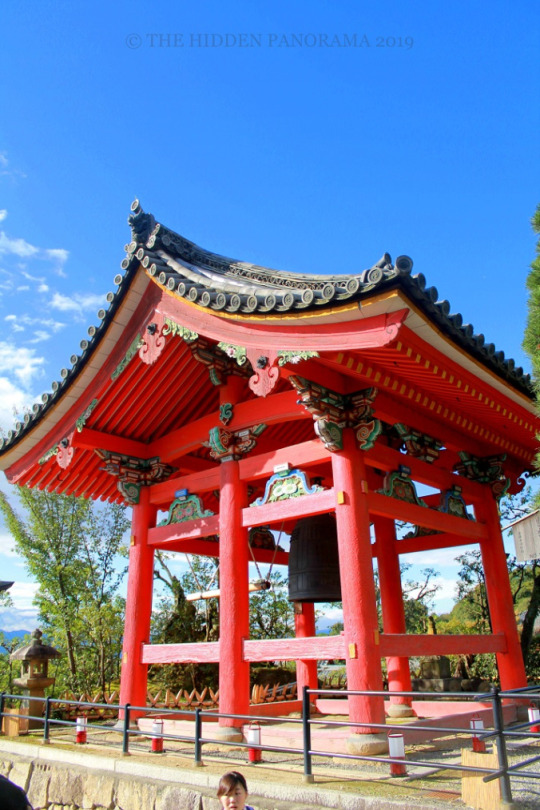
Bell Tower



This slideshow requires JavaScript.
Three Story Pagoda

Zuigu-do hall


This slideshow requires JavaScript.
Hon do (Main Hall)
This slideshow requires JavaScript.
Lovely Scenery and Koyasu Pagoda from Hon-do (Main Hall)
This slideshow requires JavaScript.
Kyoto City from Hon do (Main Hall)
This slideshow requires JavaScript.
At Hon do (Main Hall)
This slideshow requires JavaScript.
Around the Hon do (Main Hall)
We followed the walking trails from Hondo to other temple buildings until we reached Koyasu Pagoda where we had a chance to see the pagoda upclose. And from the same area, we followed the walking trail to descend until we returned to the same Niomon. Along the walking trail, we had a chance to see temple buildings like Hondo (Main Hall) from the ground, which gave us a chance to see the wooden pillars that support it. Then, we a pond where we found a turtles on it.

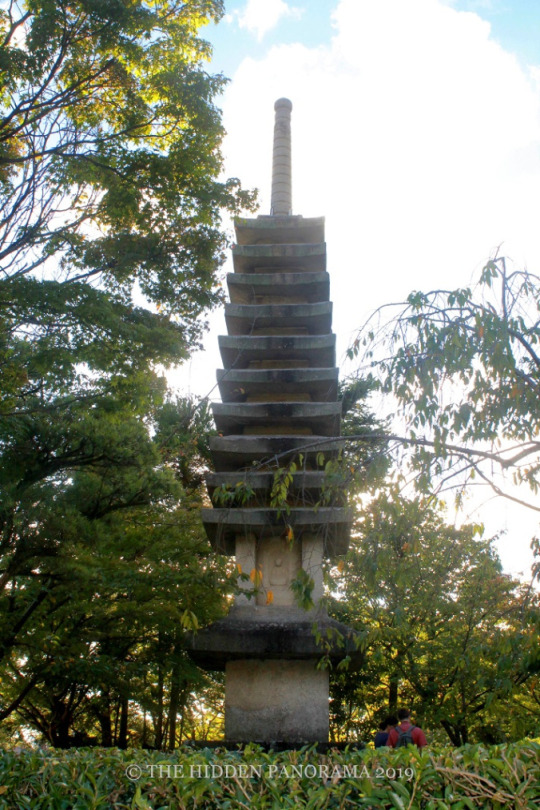
This slideshow requires JavaScript.

Fushimi Inari Taisha – One of the Most Iconic Sights in Kyoto and in Japan
The four of us came back to our accommodation in Kyoto coming from a visit of Kiyomizu-dera Temple. But my parents wanted to rest for the day. My youngest sister and I decided to visit another place before we concluded the day. The last place that we visited was the famous Fushimi Inari Taisha, a Shinto Shrine. But before we pushed our plan, we checked if the shrine still open as it’s almost evening when we thought that we wanted to go there. And we were lucky as it is always open.
Since the shrine is near in train station, we took JR Nara Line train and got off at Inari Station. It’s almost dark when we arrived at the shrine, but to our surprise, there were still lots of people like us exploring the ground at that time. And because it’s famous, we tried to find what we were looking for – the famous “Senbon Torii” or “Thousand Torii” gateways. We followed the walking path where we found Torii Taisha Fushimi Inari, Romon, Worship Hall, Hall of Shinto Music and Dance, Senbon Torii, Okumiya and Tamayama Inarisha.
At first we followed the Senbon Torii tracks as we were excited when we saw the vermilion red color of thousand torii gateways but because it’s getting dark at that time, even I wanted to reached the end or peak of the walking trail, I decided not to push it anymore as first we don’t have headlamp and I was not aware how long it will take to reach the end. Therefore, we decided to return and end the walks in Senbon Torii.
Here were the few things we had a chance to see while exploring Fushimi Inari Taisha.

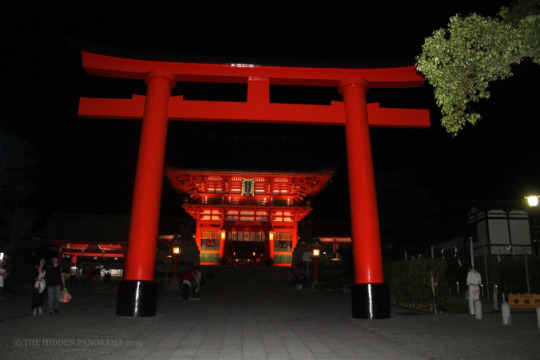
Torii Taisha Fushimi Inari with Romon



Romon
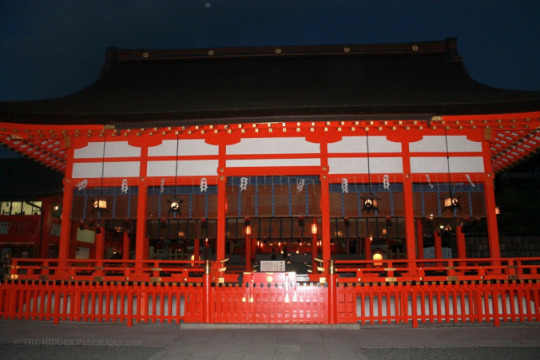

Worship Hall
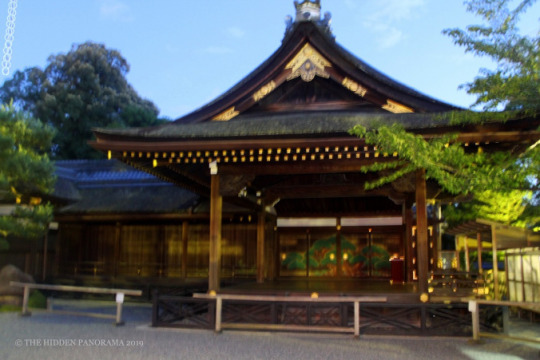
Hall of Shinto Music and Dance


This slideshow requires JavaScript.
Senbon Torii

Okumiya

Captured along Torii Gates

Tamayama Inarisha
We finished the day exploring the colorful and amazing temples and shrines that can be found in Kyoto. Indeed a day is not enough to see Kyoto but the first travel we had, was very limited as other time we had was also spent in other places. Until next visit again in this old capital of Japan – Kyoto.
Notes :
1. Plan to visit Chion-In Temple? Check here. How about Yasaka Shrine? Here’s their official site. Explore Kiyomizu-dera Temple ? Go here. And Fushimi Inari Taisha? Visit here.
2. Directions to Chion-In Temple :
Location : 400 Rinkachō, Higashiyama-ku, Kyōto-shi, Kyōto-fu 605-8686, Japan
Transportation :
a. Take Raku Bus #100 from Kyoto Station that goes to Higashiyama Area, then get off at Gion Bus Stop or
b. Take bus #12, 46, 201, 202, 203 or 206
c. Visit the official access link to reach the temple here.
Official Website : Chion-In Temple
3. Directions to Yasaka Shrine :
Location : 625 Gionmachi Kitagawa, Higashiyama-ku, Kyōto-shi, Kyōto-fu 605-0073, Japan
Transportation :
a. Take Raku Bus #100 from Kyoto Station that goes to Higashiyama Area, then get off at Gion Bus Stop or
b. Take bus #12, 46, 201, 202, 203 or 206
c. Visit the official access link to reach the shrine here.
Official Website : Yasaka Shrine
4. Directions to Kiyomizu-dera Temple
Location : Seikanji Kiyomizukamiyamacho, Higashiyama Ward, Kyoto, Kyoto Prefecture 605-0000, Japan
Transportation :
a. Take Raku Bus #100 from Kyoto Station that goes to Higashiyama Area, then get off at Kiyomizu-michi Bus Stop or Gojozaka Bust Stop
b. Take bus #202, 206 or 207
c. Visit the official access link to reach the temple here.
Official Website : Kiyomizu-dera Temple
5. Directions to Fushimi Inari Taisha
Location : 68 Fukakusa Yabunouchichō, Fushimi-ku, Kyōto-shi, Kyōto-fu 612-0882, Japan
Transportation :
a. Take JR Nara Line towards Nara and get off at Inari Station
b. Visit the official access link to reach the shrine here.
Official Website : Fushimi Inari Taisha
Kyoto Walks : From Chion-In Temple to Yasaka Shrine to Kiyomizu-dera Temple to Fushimi Inari Taisha The last part of my travel in Japan that was left unpublished during the first tour with my family was all about Kyoto Prefecture.
0 notes
Text
6 điểm đến lý tưởng cho kỳ nghỉ yên tĩnh năm 2019, trong đó có Việt Nam
1. Janda Baik, Pahang, Malaysia
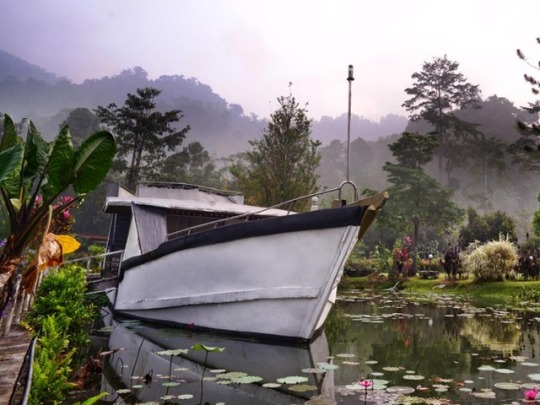
Hình ảnh: khu nghỉ dưỡng Sailor’s, Janda Baik (trang web Janda Baik)
Janda Baik đã lặng lẽ len lỏi vào danh sách những “Điểm đến yên bình ở Malaysia”. Đây là khu vực đồi núi nằm ở bang Pahang, gần thị trấn nhỏ Bentong. Có một vài ngôi nhà gỗ, khu nghỉ mát và chỗ ở thú vị khác ở đây, nó giống như một căn phòng nổi được xây dựng giống như chiếc thuyền trên hồ (tại Khu nghỉ dưỡng Sailor’s). Ngoài ra còn khá nhiều nơi cung cấp tiện ích cho hoạt động cắm trại.
Tại Janda Baik, bạn sẽ được tận hưởng bởi không khí trong lành, mát mẻ, tươi mới bao quanh vì nó nằm trên một khu vực khá cao ngay chân dãy Titiwangsa. Sẽ có rất nhiều điểm tham quan tự nhiên mang lại thích thú cho bạn, bao gồm suối nước nóng, dòng sông mát mẻ, thác nước và rừng lá kim.
2. Koyasan, Nhật Bản

Ảnh: DocChewbacca @Flickr
Koyasan là một thị trấn được UNESCO liệt kê cách Osaka khoảng hai giờ lái xe . Điều độc đáo ở thị trấn nhỏ này là nó có hơn 50 ngôi đền phục vụ cho du khách lưu trú. Chỉ cần một khoản phí, khách có thể chọn bất kỳ ngôi đền xung quanh thị trấn và ở lại miễn là họ muốn. Phòng và thực phẩm chay được cung cấp đầy đủ, bạn có thể tham gia cùng các nhà sư cho những buổi cầu nguyện buổi sáng hay các buổi thiền.
Những ngôi đền này được gọi là Shukubo, mọi người đến đây không phân biệt tôn giáo và có thể tận hưởng các tác dụng phục hồi tinh thần từ thị trấn tu viện này. Có rất nhiều điểm tham quan lịch sử khác ở đây mà bạn có thể khám phá, bao gồm lăng mộ của gia đình Tokugawa và Bảo tàng Bảo vật Quốc gia Tahoto.
3. Wellington, New Zealand
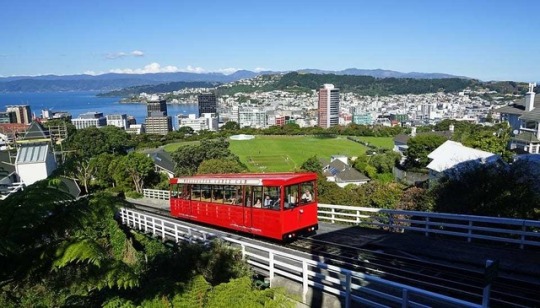
Ảnh: Pixabay
Hầu hết các thị trấn ở New Zealand ngoài Auckland tương đối yên tĩnh và nhịp sống chậm rãi. Ở Wellington có một vài thị trấn, từ đây bạn có thể tham quan đảo Kapiti gần đó, hay khu bảo tồn thiên nhiên hoặc đi Cáp treo Wellington. Để thưởng thức văn hóa và mua sắm tại địa phương, hãy đến Phố Cuba hoặc một trong những khu chợ của Nông dân vào cuối tuần.
Bạn có thể tìm hiểu về lịch sử của Wellington thông qua bảo tàng ở đó, hoặc ghé qua ngôi nhà và khu vườn của Kinda Mansfield.
4. Paro, Bhutan

6 điểm đến lý tưởng cho kỳ nghỉ yên tĩnh năm 2019, trong đó có Việt Nam
Ảnh: Wikimedia Commons
Bhutan đã được mệnh danh là một trong những đất nước hạnh phúc nhất trên Trái đất. Đây cũng là một địa điểm tham quan để lấy lại tinh thần rất tốt, với nhiều tu viện và những con đường mòn tự nhiên.
Thị trấn cũng rất mát mẻ với không khí trong lành của dãy núi Himalaya chắc chắn sẽ nâng đỡ tinh thần của bạn. Nhiều tour du lịch thiên nhiên ở đây sẽ đưa bạn đến những địa điểm ngoạn mục, nơi dễ bị mê hoặc bởi những ngọn núi phủ tuyết.
5. Lovina, Bắc Bali

Ảnh: Juan Antonia Segal @Flickr
Bạn sẽ không mong đợi Bali có mặt trong danh sách này. Điều đó đúng với những nơi như Denpasar, Bãi biển Kuta, Nusa Dua và Ubud. Tuy nhiên nhiều người vẫn chưa biết đến phía Bắc của Bali, ví dụ như Lovina - cách thị trấn Denpasar khoảng 4 giờ về phía bắc , vẫn còn tương đối xa lạ với khách du lịch.
Không giống như phía Nam của hòn đảo, bãi biển Lovina thực sự yên tĩnh và bình yên , với những phòng nghỉ sang trọng và đáng yêu không kém, chứa đầy vẻ đẹp và giá trị thẩm mỹ mà chỉ Bali mới có thể cung cấp.
6. Phú Quốc, Việt Nam

Ảnh: Pixabay
Phú Quốc là một hòn đảo của Việt Nam mà phần lớn là một cộng đồng cư dân đánh cá. Vùng biển ngoài khơi Phú Quốc mang vẻ đẹp hoang sơ với một màu xanh trong vắt.
Ngoài việc đến các bãi biển, có rất nhiều hoạt động liên quan đến nước như chèo thuyền kayak, lặn với ống thở. Vào ban đêm, bạn có thể ghé vào các quán bar và quán ăn địa phương để thưởng thức hương vị mộc mạc của nơi đây.
Mai Thanh Huyền
Theo Shopback
from Du Lịch - Dân trí điện tử - Dantri.com.vn https://ift.tt/2VwyPOA
via IFTTT
0 notes
Photo
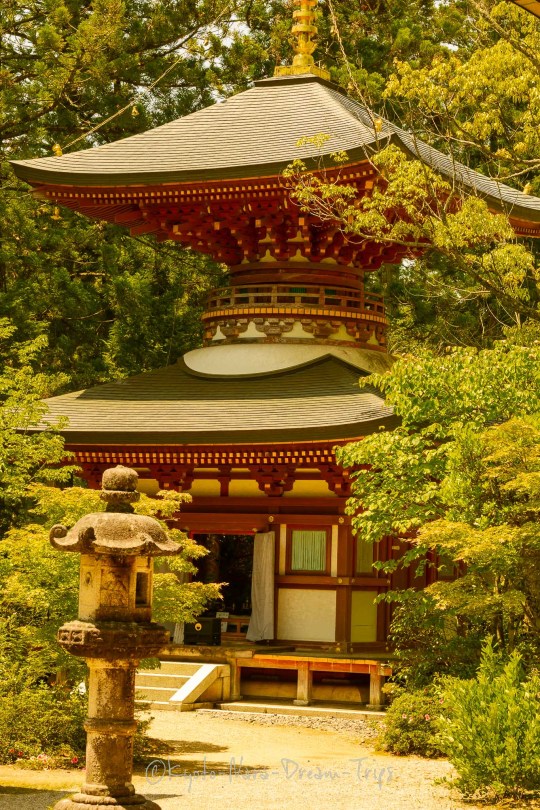
Inside the Tahōtō pagoda is a seated wooden statue of Dainichi Nyorai (木造大日如来坐像) sculpted in 1176 by Unkei. Although it is a replica today, the original can be viewed in the museum behind the entrance.
#Buddhism#Enjō-ji#Enjō-ji Temple#Japan#Nara#Tahoto Pagoda#Yagyu Kaido Trail#autumn#spring photography#travel#円成寺#多宝塔#柳生街道
15 notes
·
View notes
Text
Perpétuité pour un tueur d'enfant | Navire militaire britannique à Tôkyô | La plainte d'un prix nobel
Perpétuité pour un tueur d’enfant | Navire militaire britannique à Tôkyô | La plainte d’un prix nobel
Dans cette revue de presse du vendredi 3 août, nous aborderons : la condamnation à perpétuité d’un meurtrier, le navire de guerre britannique à Tôkyô, la plainte d’une centaine de personnes contre le gouvernement ainsi que le gang de yakuza “cerfs”.
(more…)
View On WordPress
#Cerfs#Grande-Bretagne#HMS Albion#Itsukushima#Londres#marine britannique#meurtre#Misen#miyajima#Nagoya#perpétuité#Prix Nobel#Royal marines#Shinzo Abe#Takuya Katsumata#Tochigi#Tôkyô#Toshihide Masukawa#Tour Tahoto#Utsunomiya#Yuki Yoshida
0 notes
Video
Tahoto Pagoda 多宝塔 by banzainetsurfer
Via Flickr:
Hiroshima-ken, Hatsukaichi-shi, Miyajimachō, 広島県廿日市市宮島町
0 notes
Text
Eikando Temple, Temple(Kyoto, Japan)永観堂★★★
永観堂の紅葉綺麗ですねぇ。
次の写真は寿橋を渡ったところで撮ったものです。なんとも美しい景観ですよね。周囲の方も皆さんあまりの美しさに見入っている感じでした。
永観堂には七不思議があり、これらを見て回るのも楽しいですね。ちなみに気をつけて見て回らないと結構見逃しやすいと思います(^o^)
What wonderful autumn leaves in Eikando Temple.
The next photo was taken after crossing Kotobuki Bridge. It is so beautiful scenery, isn't it. The people around me also seemed to be attracted by extremely beautiful scenery.
Eikando Temple has seven wonders, and it's fun to look around them. By the way, it is recommended to look around carefully seven wonders, because it's easy to pass by without seeing.

↓総門
↓Soumon Gate
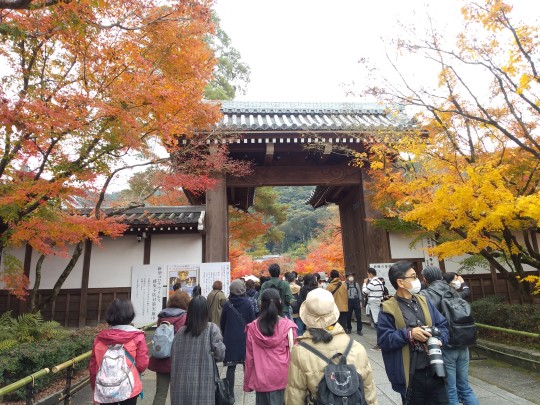
↓中門
↓Chumon Gate

↓古方丈
↓Kohojo Hall

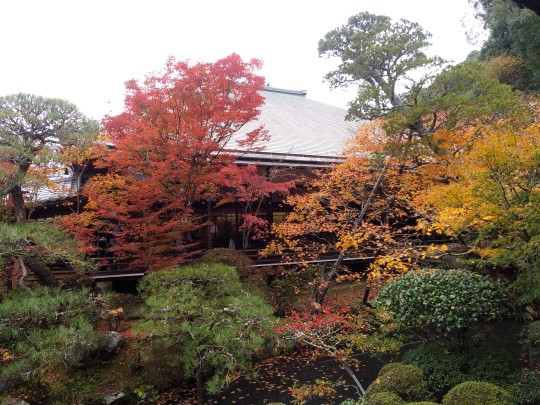

↓古方丈にある孔雀の間。向かって左側の欄間には雀が5羽描かれているのに対し、右側の欄間には雀が4羽しか描かれておらず、1羽は飛び去って行ったのだそう。(七不思議のうちの一つ目)
↓The Peacock Room in Kohojo Hall. Five sparrows are drawn on the left side of the transom in this room, while only four sparrows are drawn on the right side of the transom in this room. It has been said that one of sparrows on the right side of the transom has taken life and flown away. (First one of seven wonders)

古方丈の次に瑞紫殿があり、ここに応仁の乱の戦火を逃れ奇跡的に焼け残った火除けの阿弥陀があります。(七不思議のうちの二つ目)
Next to Kohojo Hall is Zuishiden Hall, which has Hiyoke-no-amida(a statue of Amida)miraculously surviving the fires of the Onin War. (Second one of seven wonders)
↓釈迦堂から唐門を見たところ。この写真の左奥に小さく見える灯籠の脇に悲田梅があります。
↓View of Karamon Gate from Shakadou Hall. There is Hidenbai(plum tree)next to the stone lantern which can be seen in the back left side of this photo.
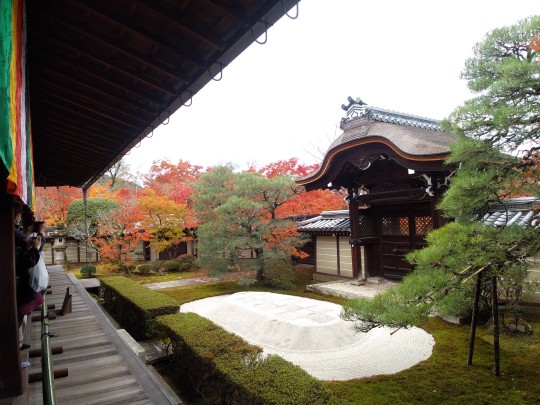
↓悲田梅。この悲田梅は結構見落としがちだと思いますが、苔むした様子がかなり立派で一見の価値ありです。(七不思議のうちの三つ目)
↓Hidenbai(plum tree). This Hidenbai is really worth seeing because the moss-covered appearance showing its age is quite excellent, although I think it's easy to pass without seeing. (Third one of seven wonders)

↓御影堂の奥からは岩垣もみじが見えます。(七不思議のうちの四つ目)
↓We can see Iwagaki Maple from back side of Mieido Hall. (Fourth one of seven wonders)
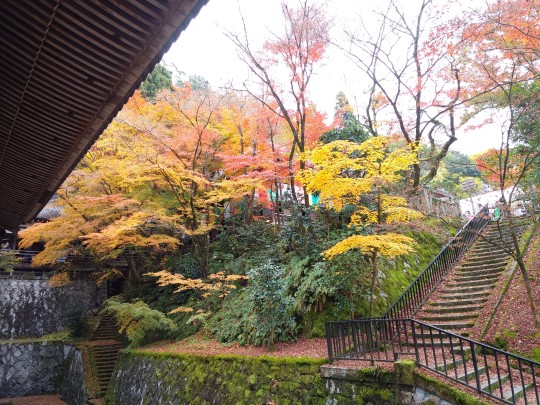

↓三鈷の松(七不思議のうちの五つ目)。かなり背の高い松で上まで撮るのに苦労しました(汗)
↓Sanko-no-matsu(pine tree). (Fifth one of seven wonders) I had a hard time photographing the top of this tree because of very tall tree.

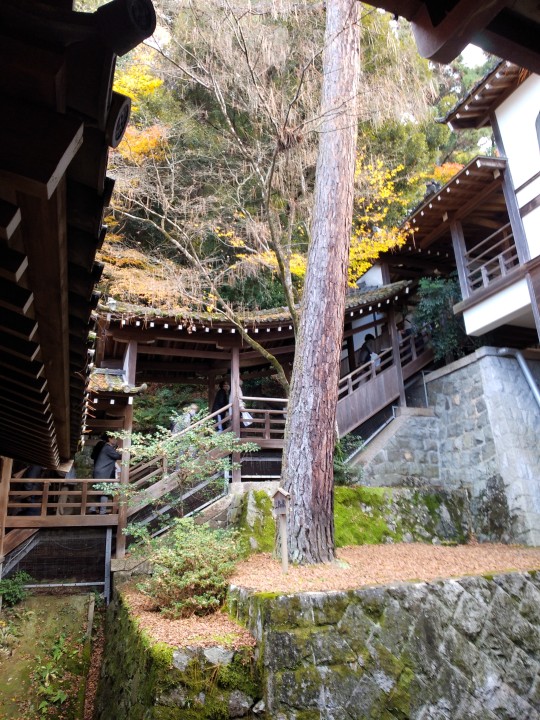

三鈷の松の周辺に棲む蛙の鳴き声は、木魚を叩いているかのように聞こえるそう。(七不思議のうちの六つ目)
The croaking of the frogs that live around the Sanko-no-matsu is said to sound like beating Mokugyo(wooden drum used in a Buddhist temple). (Sixth one of seven wonders)
↓水琴窟。
↓Suikinkutsu
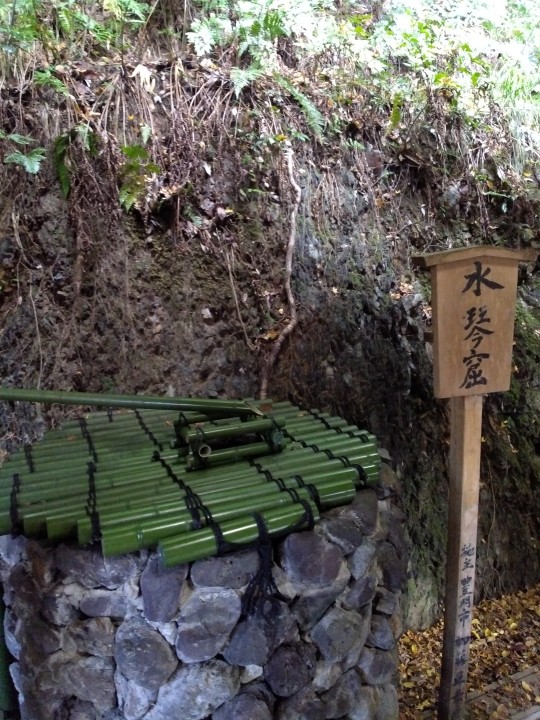
↓臥龍廊。(七不思議のうちの七つ目)
↓Garyuro(Dragon shaped corridor). (Seventh one of seven wonders)
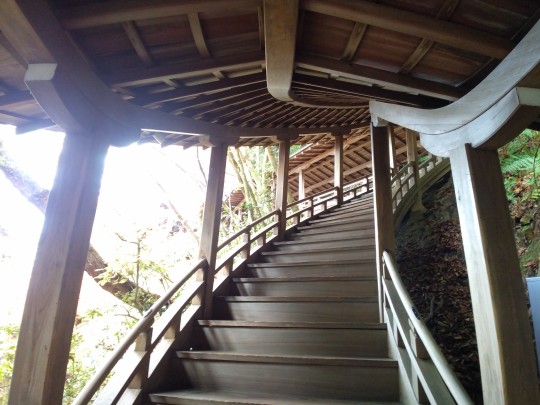
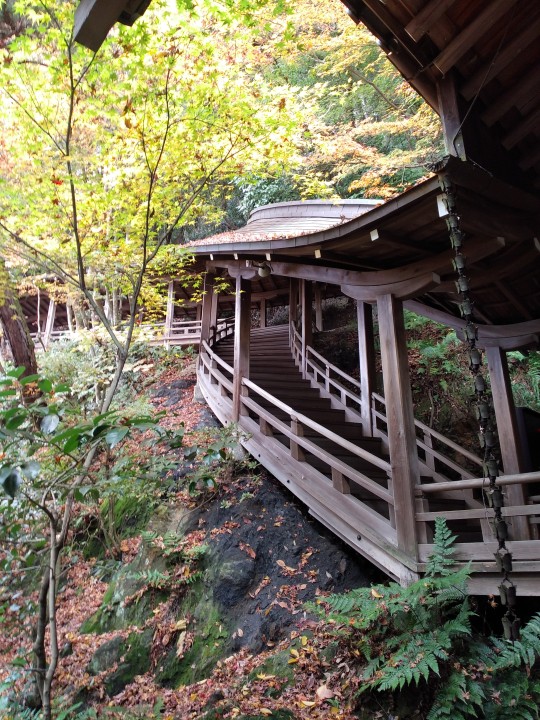
↓正面は、みかえり阿弥陀のまつられる阿弥陀堂。阿弥陀堂を出ると階段を下るのですが、もみじが立ち込めていてここもまたなかなか美しい景観です。
↓The front building is Amidado Hall where Mikaeri-Amida is enshrined. After leaving the Amidado Hall, we go down this stairs, and we can have a great view here again to see maple trees here and there.
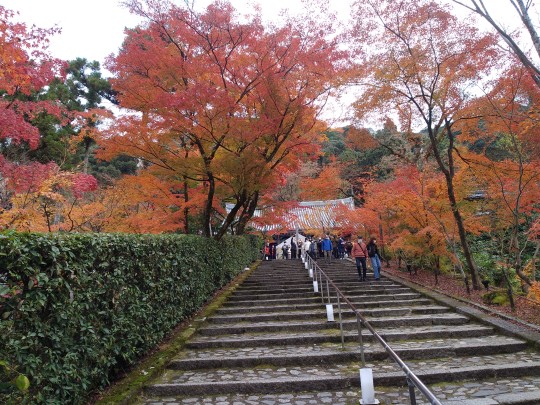
↓多宝塔に登る途中で再び臥龍廊の脇を通ります。
↓On the way to climb Tahoto Tower, we pass by Garyuro again.


↓多宝塔
↓Tahoto Tower
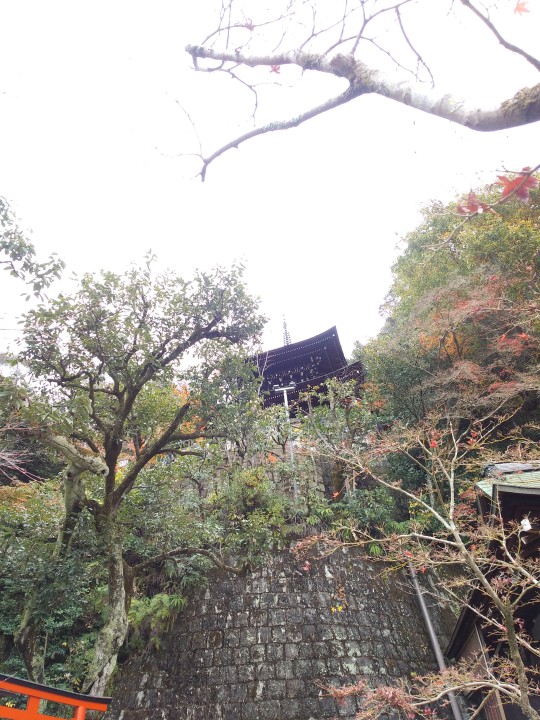
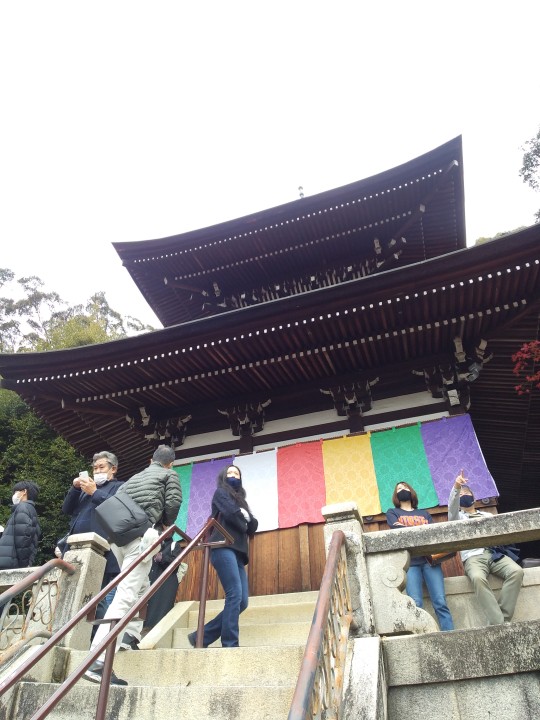
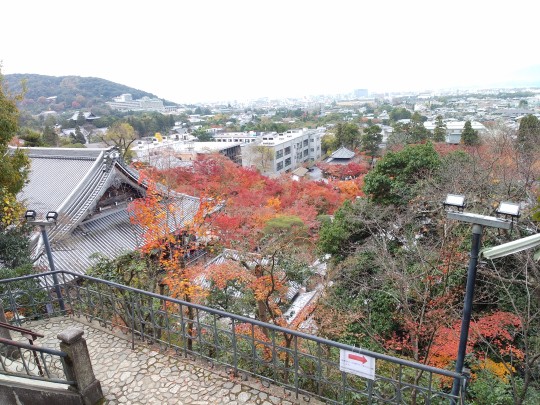
↓唐門。
↓Karamon Gate
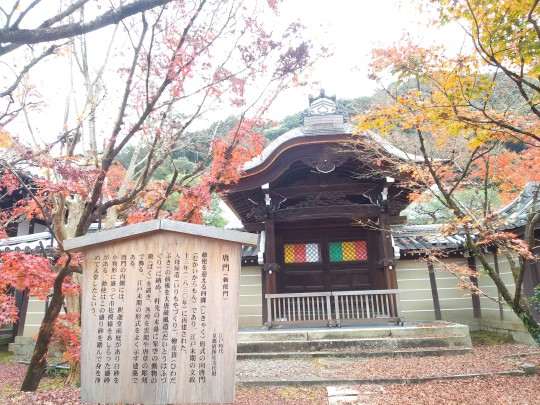
↓放生池から多宝塔を臨みます。紅葉が綺麗!
↓View of Tahoto Tower from Houjouike Pond. Beautiful scenery of autumn leaves.

↓弁天社
↓Bentensha Shrine

↓極楽橋。
↓Gokurakubashi Bridge

↓多宝塔、御影堂、極楽橋。
↓Tahoto Tower, Mieido Hall, Gokurakubashi Bridge.

0 notes
Photo

Day 03, Miyajima Island. Tahoto Pagoda. (presso Morinoyado Ryokan, Miyajima Island, Japan)
0 notes
Photo

The kanji 'wa' meaning harmony laid out in candles at Eifuku-ji temple in the small town of Taishi, south east Osaka Prefecture. Eifuku-ji is one of the most historically important temples in Japan but is comparatively unknown. The reason for its significance lies in the fact that it holds the final resting place of Shotoku Taishi, the semi-legendary prince and regent to Empress Suiko during the Asuka Period who worked tirelessly to allow Buddhism to take root in Japan. His is a long tale and best left for a post of its own. Also known as the Temple of Imperial Blessing, it is said that Prince Shotoku chose this site at the foot of Mt. Shinaga specifically to hold his mausoleum. The temple grounds cover quite a large area with about a dozen buildings including the Kondo (main hall) and a two tier pagoda called the Tahoto which means 'Many Jewelled Pagoda'. The main focus of worship in many of the halls that make up Eifuku-ji are statues of Prince Shotoku at various ages. Two further halls contain statues of the founders of two of the main Buddhist sects, the Kenshin Daishido contains a statue of Shinran, founder of Shinshu Buddhism. The Kobo Daishido contains a statue of Kukai, founder of Shingon Buddhism. The mausoleum lies at the back of the temple, up a set of steps and contains the graves of the Prince as well as his wife and his mother, all of whom died within quite a short space of time in the early part of the 7th century. The candles are part of the Taishi Shotoe Festival of Lights which takes place in April. Over 10,000 candles are placed around the temple grounds. In addition to the kanji, there is normally a monkey, phoenix, cherry blossoms and many spiral patterns. The open space next to the temple plays host to live music and stalls selling typical festival food. There are graves of several Asuka Period rulers in the area around Eifuku-ji. These include Empress Suiko, Emperor Bidatsu, Emperor Kotoku and Prince Shotoku's father, Emperor Yomei. #japan #japanesehistory #japantravel #cooljapan #instagramjapan #buddhism #temple #osaka #historynerd #日本 #叡福寺 #寺 #大阪 #太子町 #歴史 #和 (at 叡福寺)
#instagramjapan#temple#japanesehistory#叡福寺#歴史#cooljapan#buddhism#japantravel#日本#寺#japan#historynerd#太子町#和#大阪#osaka
0 notes
Photo

Tahoto Pagoda . . . . #global_hotshotz#ig_captures#igglobalclub#big_shotz#phototag_it#special_shots#photowall#ig_mood#master_shots#nature_perfection#instanaturefriends_#beautifuldestinations#ig_worldclub#ig_exquisite#japonya#manzara#ig_today#hot_shotz#turkishfollowers#turkinstagram#wonderful_places#bestnatureshots#nature_brilliance#bestvacations#landscape_captures#world_shotz#ig_masterpiece#igs_world#turkobjektif#京都 (常寂光寺 / Jojakko-ji)
#phototag_it#turkobjektif#beautifuldestinations#turkinstagram#hot_shotz#manzara#京都#igglobalclub#global_hotshotz#nature_perfection#instanaturefriends_#turkishfollowers#nature_brilliance#master_shots#photowall#ig_mood#japonya#igs_world#ig_exquisite#big_shotz#world_shotz#special_shots#ig_captures#ig_masterpiece#ig_today#ig_worldclub#bestnatureshots#landscape_captures#wonderful_places#bestvacations
0 notes
